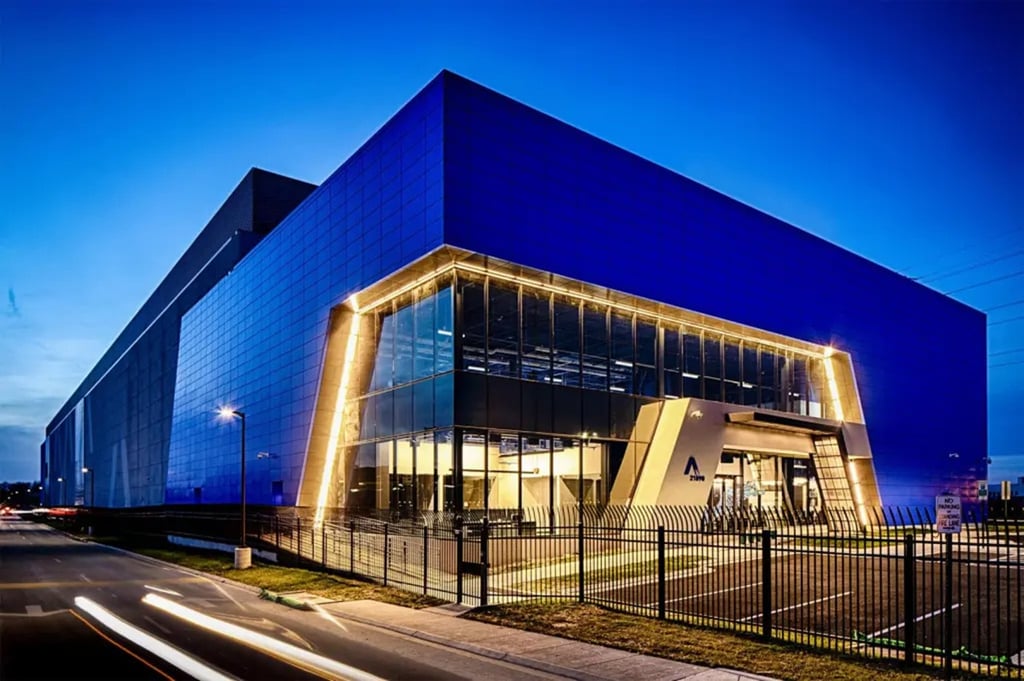In keeping with IBM’s old motto, the IT giant hopes to lay the groundwork for an Internet of Things (IoT) that “thinks.” On Aug. 7, the company unveiled its largest chip ever, which contains 5.4 billion transistors and features an architecture that is inspired by the way the human brain processes information. A product of […]
Datamation content and product recommendations are
editorially independent. We may make money when you click on links
to our partners.
Learn More
In keeping with IBM’s old motto, the IT giant hopes to lay the groundwork for an Internet of Things (IoT) that “thinks.” On Aug. 7, the company unveiled its largest chip ever, which contains 5.4 billion transistors and features an architecture that is inspired by the way the human brain processes information.
A product of the DARPA-funded Systems of Neuromorphic Adaptive Plastic Scalable Electronics (SyNAPSE) project, the “fully functional and production-scale chip” features 256 million programmable synapses, 1 million programmable neurons and 4,096 neurosynaptic cores. It is capable of performing 46 billion synaptic operations per second per watt.
By comparison, the single-core prototype developed in 2011 had just 262,144 programmable synapses and 256 programmable neurons.
Despite its capabilities and size — IBM describes the second-generation SyNAPSE chip “as one of the largest CMOS chips ever built” — it sips power. According to the company, “it consumes a minuscule 70mW—orders of magnitude less power than a modern microprocessor.”
The brain-like chip as built using Samsung’s 28nm chip making process, which incorporates dense on-chip memory and low-leakage transistors. Power savings are achieved, in part, by the chip’s event-driven architectures, which draws power only when it needs to, unlike traditional chips which consume electricity even at idle.
Shawn Han, vice president of Foundry Marketing for Samsung Electronics, said in a statement the project leveraged “a process traditionally used for commercially available, low-power mobile devices to deliver a chip that emulates the human brain by processing extreme amounts of sensory information with very little power.” He called the chip a “huge architectural breakthrough that is essential as the industry moves toward the next-generation cloud and big-data processing.”
According to Dr. Dharmendra S. Modha, Chief Scientist of IBM Research’s Brain-Inspired Computing unit, his company “has broken new ground in the field of brain-inspired computers, in terms of a radically new architecture, unprecedented scale, unparalleled power/area/speed efficiency, boundless scalability.”
The innovation could help pave the way for smarter, more aware IoT systems and mobile devices. “These brain-inspired chips could transform mobility, via sensory and intelligent applications that can fit in the palm of your hand but without the need for Wi-Fi,” added Dr. Modha.
Pedro Hernandez is a contributing editor at Datamation. Follow him on Twitter @ecoINSITE.
Photo courtesy of Shutterstock.
-
Ethics and Artificial Intelligence: Driving Greater Equality
FEATURE | By James Maguire,
December 16, 2020
-
AI vs. Machine Learning vs. Deep Learning
FEATURE | By Cynthia Harvey,
December 11, 2020
-
Huawei’s AI Update: Things Are Moving Faster Than We Think
FEATURE | By Rob Enderle,
December 04, 2020
-
Keeping Machine Learning Algorithms Honest in the ‘Ethics-First’ Era
ARTIFICIAL INTELLIGENCE | By Guest Author,
November 18, 2020
-
Key Trends in Chatbots and RPA
FEATURE | By Guest Author,
November 10, 2020
-
Top 10 AIOps Companies
FEATURE | By Samuel Greengard,
November 05, 2020
-
What is Text Analysis?
ARTIFICIAL INTELLIGENCE | By Guest Author,
November 02, 2020
-
How Intel’s Work With Autonomous Cars Could Redefine General Purpose AI
ARTIFICIAL INTELLIGENCE | By Rob Enderle,
October 29, 2020
-
Dell Technologies World: Weaving Together Human And Machine Interaction For AI And Robotics
ARTIFICIAL INTELLIGENCE | By Rob Enderle,
October 23, 2020
-
The Super Moderator, or How IBM Project Debater Could Save Social Media
FEATURE | By Rob Enderle,
October 16, 2020
-
Top 10 Chatbot Platforms
FEATURE | By Cynthia Harvey,
October 07, 2020
-
Finding a Career Path in AI
ARTIFICIAL INTELLIGENCE | By Guest Author,
October 05, 2020
-
CIOs Discuss the Promise of AI and Data Science
FEATURE | By Guest Author,
September 25, 2020
-
Microsoft Is Building An AI Product That Could Predict The Future
FEATURE | By Rob Enderle,
September 25, 2020
-
Top 10 Machine Learning Companies 2021
FEATURE | By Cynthia Harvey,
September 22, 2020
-
NVIDIA and ARM: Massively Changing The AI Landscape
ARTIFICIAL INTELLIGENCE | By Rob Enderle,
September 18, 2020
-
Continuous Intelligence: Expert Discussion [Video and Podcast]
ARTIFICIAL INTELLIGENCE | By James Maguire,
September 14, 2020
-
Artificial Intelligence: Governance and Ethics [Video]
ARTIFICIAL INTELLIGENCE | By James Maguire,
September 13, 2020
-
IBM Watson At The US Open: Showcasing The Power Of A Mature Enterprise-Class AI
FEATURE | By Rob Enderle,
September 11, 2020
-
Artificial Intelligence: Perception vs. Reality
FEATURE | By James Maguire,
September 09, 2020
SEE ALL
DATA CENTER ARTICLES
Pedro Hernandez is a contributor to Datamation, eWEEK, and the IT Business Edge Network, the network for technology professionals. Previously, he served as a managing editor for the Internet.com network of IT-related websites and as the Green IT curator for GigaOM Pro.









